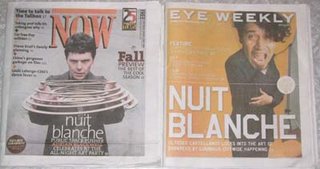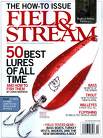People in the business have always looked up to
Canadian Geographic, as a robust mid-sized title in a country with few of them, as an excellent and prize-winning magazine and as a real publishing success story.
Hence the dismay and puzzlement when, last Friday (September 1), seven people, including a couple of senior and longtime employees, were abruptly terminated Among them were Ian McKelvie, Senior Marketing Manager, Margaret Williamson, Photo Editor and Caroline Milano, Coordinator Society Programs. The others were: Jodi Di Menna,Assistant Editor; John Burridge, Production Artist; Tobi McIntyre, New Media Coordinator; and Celine Parisien, Art Director, Special Projects and Promotions.
The story of how, 12 years ago, Michael De Pencier and Key Publishers took a 50% stake in Canadian Geographic Enterprises (with the
Royal Canadian Geographic Society) and helped turn the magazine around has taken on an almost mythic quality. It has been held up as a model for how certain specialty titles can thrive under a foundation structure.
Can Geo has an audited circulation of 210,000 and a readership of almost 4 million and an apparently robust merchandising arm.
About four months ago a number of people, mostly contract employees, were let go, but assurances were given to staff, and outsiders, that this was a minor business adjustment.
Mere months after John Thomson announced he was leaving as Publisher to work on a new project with Key Publishers (who recently sold their 50% interest in CGE), the new publisher apparently felt that he had no choice but to cut staff drastically, including long-term employees.
Thomson, who is a past Chair of Magazines Canada, had been spending a good deal of his time away from
Can Geo in the past year, working on several new CGE projects , including one called the
BC Experience.
When Key announced that it wanted to sell its 50% interest, André Préfontaine,
lately the President of Transcontinental Media, was hired as a consultant, helping CGE to find a sympathetic partner. When a partner acceptable to the Society board could not be found, the directors decided to buy the 50% back themselves and offered the publisher's job to Préfontaine. Once the purchase and sale of the 50% was formally closed, the seven staff were terminated.
Labels: Canadian Geographic













